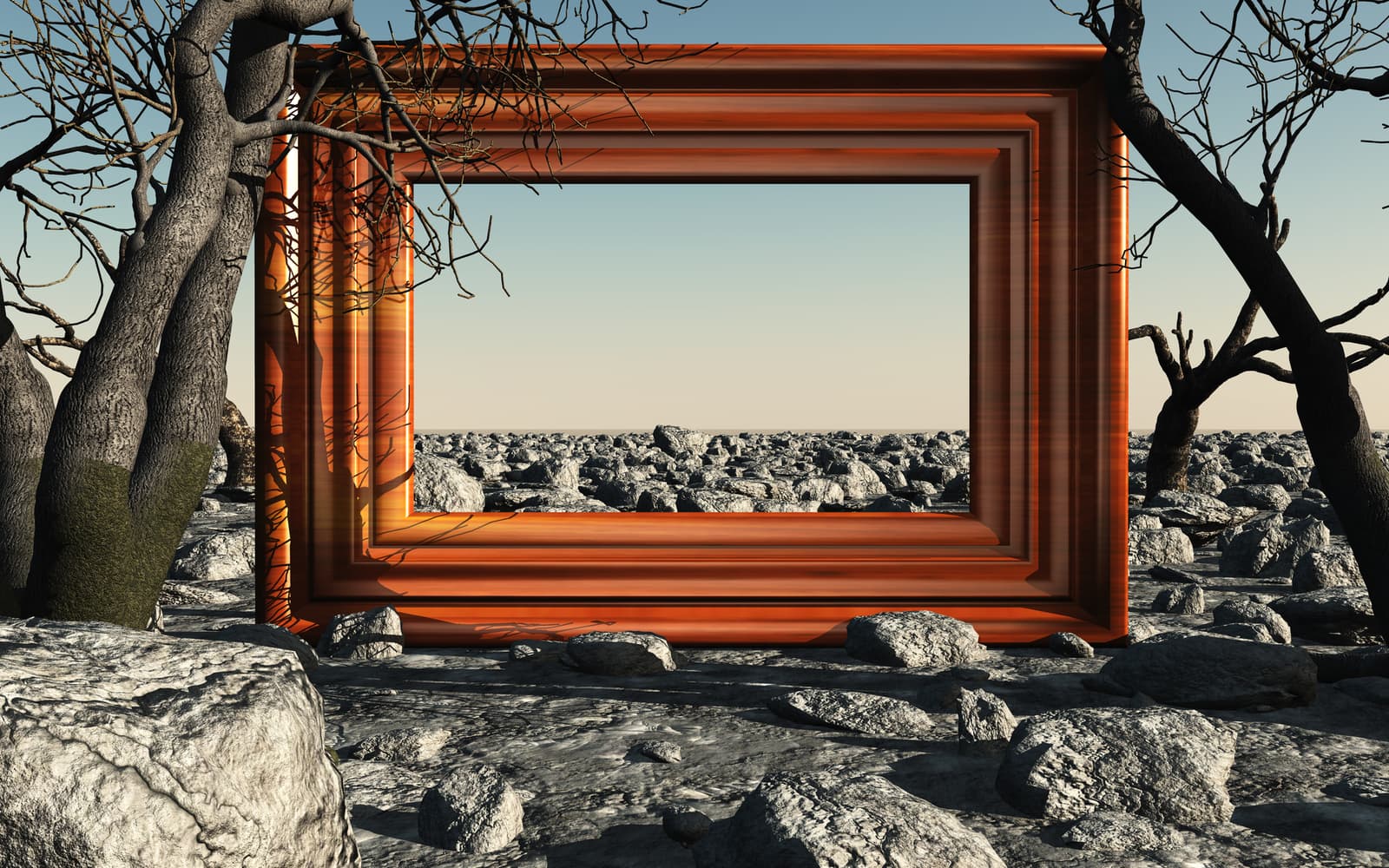A big part of working with photos and photography – be it as a social media influencer or as a photographer – is to edit and alter photos to make sure they end up looking great. But editing is more than just clicking a button and making all the imperfections in a shot go away. We’ve all seen the results of that!
There are some common editing mistakes that everyone can look out for to avoid a bad editing job, but one thing to keep in mind is that editing is meant to improve photos that already look great and add final touches to them, not to make the photo look completely different than how it was before. You might want to consider if you need selfie tips more than you need editing tips.
But if you’re sure editing (or better editing) can fix what’s wrong with your photos, keep reading!
Avoid Destructive Editing
Destructive editing is when you do irreparable damage to a photo, usually to its pixels. This kind of editing can’t be reversed and almost everyone who edits photos is advised against it.
If you want to edit a photo, do it with a copy of the original instead of the original itself. This way even if you make a fatal mistake during the editing process you can always start fresh on another copy.
Too Much Contrast
Increasing the contrast on a photo can deepen the shadows and brighten the white parts of the photo, but it’s not always the best way to make your photos pop. Too much contrast can make your photos look like they’re of bad quality, or make it look like they were over-edited.
This isn’t a good look, which is why it’s important to make sure that you always keep the original version of the photo you’re editing in sight. This way you’ll be able to tell if you’re going overboard with any of the effects just by a single glance at it.
Using Reading Mode or Not Calibrating Your Monitor
The reading mode on your phone makes everything look a bit more yellow, and even certain display settings on your laptop do just that. If you’re not seeing how your photo will actually turn out while you’re editing it, you might as well give up now.
Make sure you turn off all such settings on your phone so you’re seeing how your photo will actually turn out while you’re editing it.
Overediting the Model
If you’re editing a selfie or a photo of any person or animal, you can easily go overboard with how much you touch them up so they look better. Whitening the irises and teeth is something that editors do often, but doing it too much makes the subject of the photo look spooky and other-worldly. Unless that’s the look you’re going for, you need to watch your hand. Once again, keeping the original in sight always helps.
Smoothing the skin too much might also make the model look too made-up or fake, and the results are less than desirable.
Ignoring the Background
A lot of times when you edit a photo, you can get too focused on the subject and ignore the background altogether. This is a very common mistake when working with human models – especially when there’s only one person in the frame.
If you focus on the main model and edit the photo to look crisp, awesome, and perfect but in a natural way but forget to do the same for the background, you’ll be setting yourself up for failure.
Keep the background of your photo in sight when you edit and make sure the subject and the background match. If you edit the colors and the light effects on one part of the photo and not the other, it’ll end up looking unprofessional and odd.
Over-Cropping
If you want a wider photo to focus more on a smaller scene, or if you want to turn a single part of that photo into another one entirely, be careful. A lot of times you might get carried away with the cropping and end up with a scene that’s not even remotely as good as what you imagined.
A great tip to help is to know what the photo’s intended use is, especially if it’s to be used digitally. Different apps and websites display photos differently, and you may have to keep that in mind when you crop.
If the photo is meant to be printed, print the full version out first and see what you’re working within the flesh. Once you think you have a good enough end result, try printing it out again and see what you’ve made.
This way, you’ll make sure that you don’t over-edit, and as always, keep the original version in sight!



